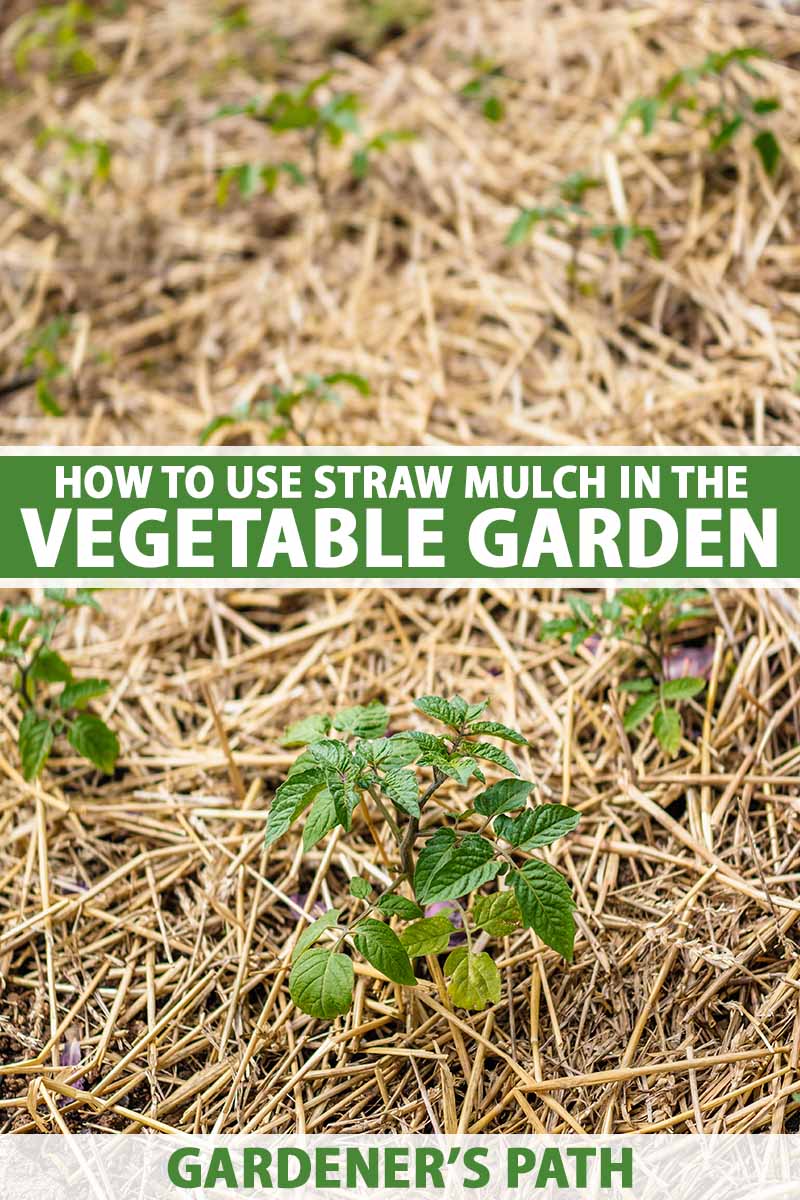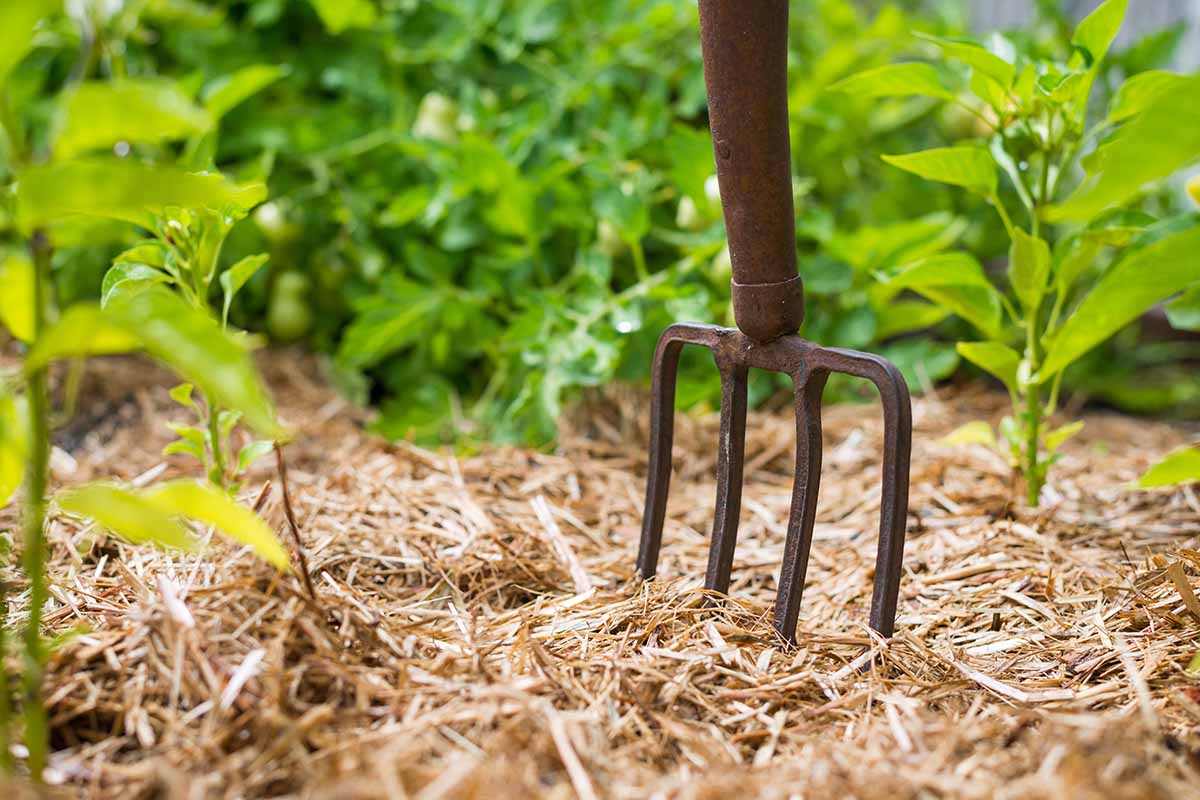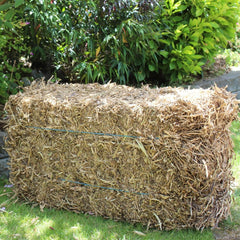How To Use Pea Mulch To Grow Bigger Healthier Peas
Title: How to Use Pea Mulch to Grow Bigger Healthier Peas
Introduction:
Peas are a delicious and nutritious vegetable that can be grown in most gardens. They are also relatively easy to grow, but there are a few things you can do to help them produce bigger and healthier yields. One of the best things you can do is to use pea mulch.
Pea mulch is made from the straw-like stalks of pea plants. It is a natural, organic material that has many benefits for pea plants. Pea mulch can help to:
- Retain moisture in the soil, which is important for peas, which have shallow roots.
- Keep weeds down, which can compete with peas for water and nutrients.
- Improve soil aeration, which helps the roots of peas to grow and function properly.
- Add organic matter to the soil, which helps to improve its fertility and drainage.
Main Content:
To use pea mulch, simply spread it around your pea plants after they have been planted. The thickness of the mulch layer should be about 2-3 inches. You can use pea mulch throughout the growing season, but it is especially beneficial to apply it in the spring when the plants are first starting to grow.
Here are some additional tips for using pea mulch:
- If you are using pea straw that has been baled, be sure to unbale it and spread it out before applying it to your plants. This will help to prevent the straw from matting down and blocking the air from reaching the roots of your plants.
- If you are using pea mulch in a raised bed, be sure to add a layer of compost or other organic matter to the bed before applying the mulch. This will help to improve the drainage and fertility of the soil.
- Pea mulch can attract pests, such as slugs and snails. If you are concerned about pests, you may want to apply a layer of insect netting over your pea plants before applying the mulch.
Conclusion:
Pea mulch is a simple and effective way to help your pea plants grow bigger and healthier. By following the tips in this blog post, you can ensure that your pea plants have the nutrients and moisture they need to produce a bountiful harvest.
Pea straw mulch is a great way to improve your garden's health and reduce your watering needs. It is made from the dried stems and leaves of pea plants, which are a nitrogen-fixing crop. This means that as the pea straw breaks down, it releases nitrogen into the soil, which helps to fertilize your plants. Pea straw mulch also helps to retain moisture in the soil, which can help to reduce your watering needs by up to 50%. It also helps to suppress weed growth and improve drainage.
If you are interested in learning more about pea straw mulch, please visit Home Gardening. This website has a wealth of information about pea straw mulch, including how to use it, its benefits, and where to buy it.
FAQ of pea mulch
Here are some frequently asked questions about pea mulch, along with valuable insights and solutions:
- What is pea mulch?
Pea mulch is made from the dried stalks and leaves of pea plants. It is a light and airy mulch that is often used in vegetable gardens. Pea mulch helps to retain moisture, suppress weeds, and protect soil from erosion.
- Why use pea mulch?
There are many reasons to use pea mulch in your garden. Here are a few of the benefits:
* Retains moisture: Pea mulch helps to keep the soil moist, which is especially important during hot, dry weather. This can help to reduce your watering frequency and save you money on water bills.
* Suppresses weeds: The thick layer of pea mulch helps to smother weeds, preventing them from germinating and growing. This can save you time and effort weeding your garden.
* Protects soil from erosion: Pea mulch helps to hold the soil in place, preventing it from washing away during heavy rains or windy conditions. This can help to improve soil health and reduce the risk of erosion.
* Adds organic matter: Pea mulch is a good source of organic matter, which helps to improve soil structure and fertility. This can benefit plant growth and make your garden more productive.
* Attracts beneficial insects: The soft, fluffy texture of pea mulch makes it a welcome habitat for beneficial insects, such as ladybugs and lacewings. These insects help to control garden pests, such as aphids and spider mites.
- How to apply pea mulch?
Pea mulch can be applied to your garden in the spring or fall. The best time to apply it depends on the climate in your area. In warm climates, you may want to apply it in the fall so that it has time to decompose before the next growing season. In cool climates, you may want to apply it in the spring so that it can help to warm the soil.
To apply pea mulch, spread it evenly over the soil surface, leaving about 2 inches of space between the mulch and the base of your plants. The thickness of the mulch layer will depend on your needs. A thicker layer will provide more benefits, but it will also block more sunlight.
- How often to add pea mulch?
You will need to add pea mulch to your garden every year or two. The frequency of application will depend on how much mulch you originally applied and how quickly it decomposes. If you live in a warm climate, you may need to add pea mulch more often than if you live in a cool climate.
- Is pea mulch safe for plants?
Yes, pea mulch is safe for plants. It is a natural material that will not harm your plants. In fact, it can actually benefit them by providing them with moisture, suppressing weeds, and protecting them from erosion.
- Is pea mulch safe for animals?
Yes, pea mulch is safe for animals. It is a non-toxic material that will not harm them if they eat it. However, it is important to note that pea mulch can cause choking if it is ingested in large quantities. Therefore, it is best to keep pea mulch away from small children and pets.
Image of pea mulch
10 different images of pea mulch that are free to use:
- Pea straw mulch covering a garden bed. The straw is a light brown color and is spread evenly over the soil. There are a few small plants growing in the bed, but they are mostly covered by the straw.

- A close-up of pea straw mulch. The individual straws are long and thin, and they have a smooth texture. The straw is a light brown color, and it has a slightly sweet smell.

- A pile of pea straw mulch. The pile is large and round, and it is about 5 feet tall. The straw is a light brown color, and it is slightly damp.

- A person spreading pea straw mulch around a tree. The person is using a shovel to spread the straw evenly around the base of the tree. The straw is a light brown color, and it is slightly dusty.
- A bed of flowers covered in pea straw mulch. The flowers are a variety of colors, including red, yellow, and blue. The straw is a light brown color, and it helps to keep the soil moist and suppress weeds.

- A vegetable garden covered in pea straw mulch. The vegetables in the garden include tomatoes, cucumbers, and peppers. The straw is a light brown color, and it helps to keep the soil moist and warm.

- A worm bin filled with pea straw mulch. The worms are feeding on the straw, which helps to break it down and create compost. The straw is a light brown color, and it is slightly moist.

- A compost pile made with pea straw mulch. The compost pile is about 3 feet tall and 4 feet wide. The straw is a light brown color, and it is mixed with other organic materials, such as leaves and grass clippings.

- A bag of pea straw mulch for sale. The bag is labeled "Pea Straw Mulch" and it is about 3 feet tall and 2 feet wide. The straw is a light brown color, and it is slightly dusty.

- A website page with information about pea straw mulch. The page includes information about the benefits of using pea straw mulch, how to make it, and where to buy it. The background of the page is a light brown color, and there are images of pea straw mulch throughout the page.
Post a Comment for "How To Use Pea Mulch To Grow Bigger Healthier Peas"